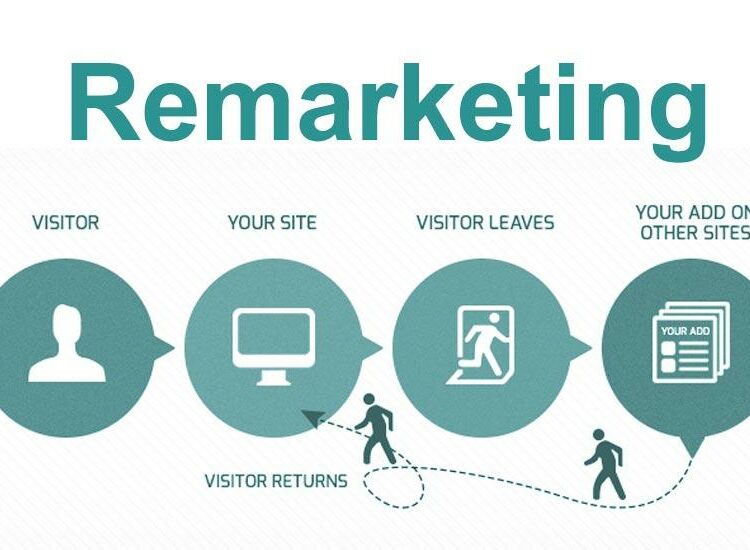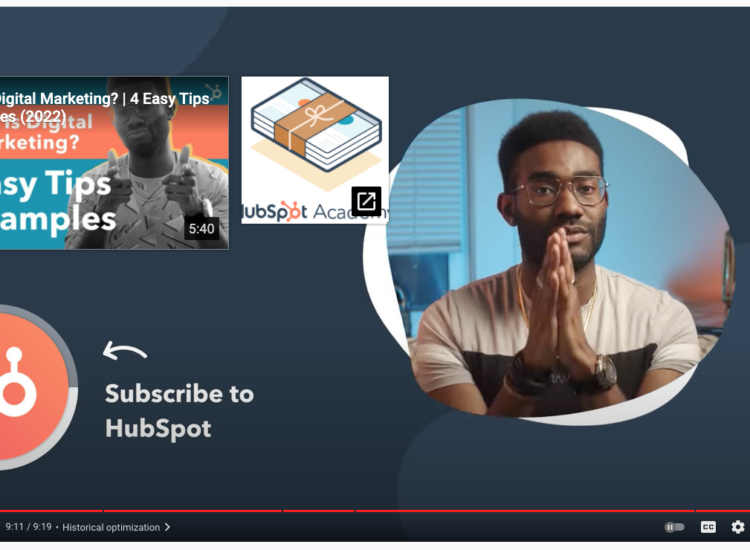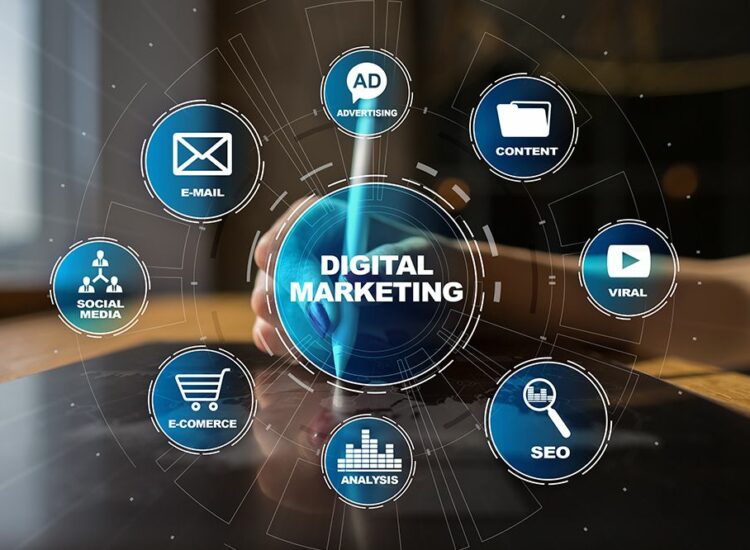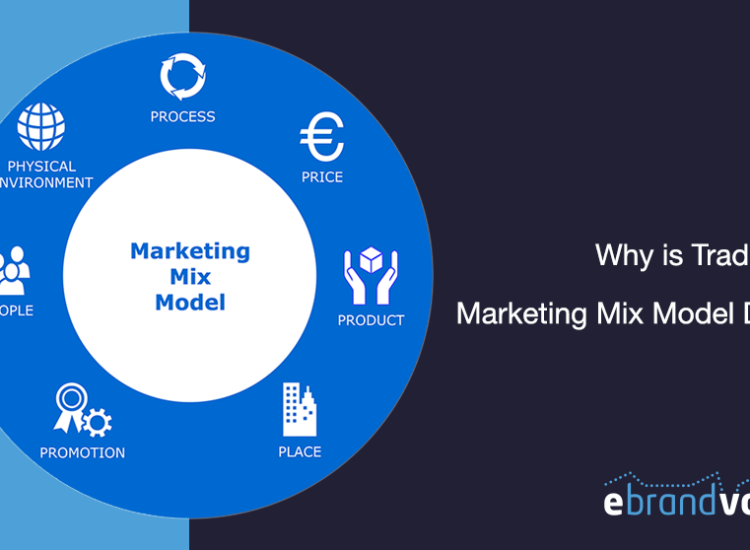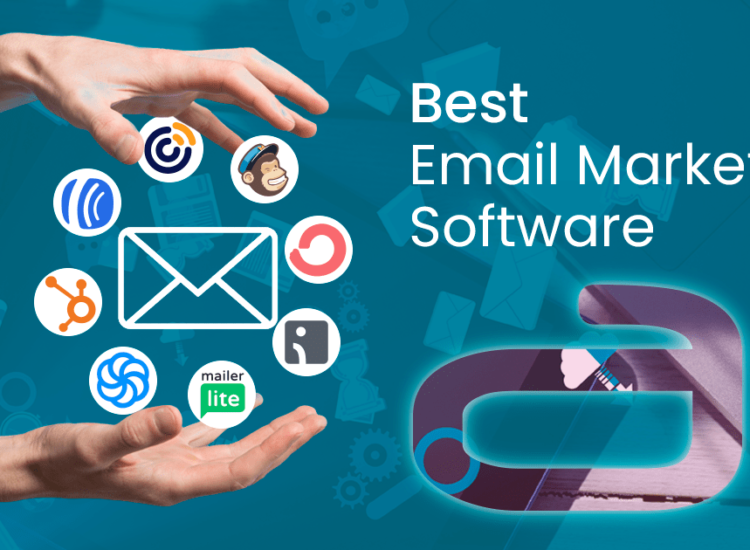In today’s digital age, email marketing remains one of the most effective ways to reach and engage your audience. Whether you’re a small business owner or a seasoned marketer, choosing the right email marketing platform can significantly impact your campaign’s success. This guide will walk you through the best email marketing platforms available and help you decide which one suits your needs.
Toc
Introduction to Email Marketing Platforms
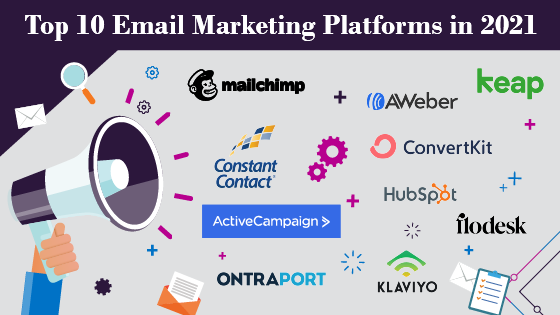
Email marketing platforms are specialized tools that help businesses create, send, and track email campaigns to their subscribers. These platforms offer a variety of features such as customizable templates, automation capabilities, list segmentation, and analytics to improve the effectiveness of your email marketing efforts.
Why Email Marketing?
Before we dive into the platforms, let’s briefly discuss why email marketing is crucial:
- Direct Communication: Email allows you to reach your audience directly in their inbox.
- High ROI: Studies show that email marketing has an average return on investment (ROI) of $42 for every dollar spent.
- Personalization: Advanced email platforms enable personalized content, increasing engagement rates.
- Measurable Results: Track open rates, click-through rates, and conversions to measure success.
- Easy to Get Started: Email marketing platforms offer intuitive interfaces and templates, making it easy for beginners to get started.
What is Email Marketing Platform?
An email marketing platform is a software that enables businesses to create, send, and track marketing emails to their subscribers. It allows you to manage your contact lists, design professional-looking email templates, schedule and automate email campaigns, and track the performance of your emails.
Why Use an Email Marketing Platform?
Using an email marketing platform has numerous benefits for businesses of all sizes. These include:
- Increased Reach: With billions of people using email globally, there’s no denying its reach potential. An email marketing platform allows you to reach a large audience quickly and easily.
- Cost-effective: Compared to traditional forms of marketing, email marketing is relatively inexpensive. Most platforms offer free plans or affordable pricing options, making it a cost-effective option for businesses.
- Personalization: Email marketing platforms allow you to segment your audience and send targeted messages that resonate with your subscribers’ interests, increasing the chances of conversion.
- Automation: With email automation, you can save time and effort by scheduling emails to be sent at specific times or triggered by certain actions, such as a subscriber signing up for your newsletter.
- Analytics: Most email marketing platforms provide analytics and reporting tools that give insights into how well your campaigns are performing. This data allows you to make informed decisions and optimize your future campaigns.
Factors to Consider when Choosing an Email Marketing Platform
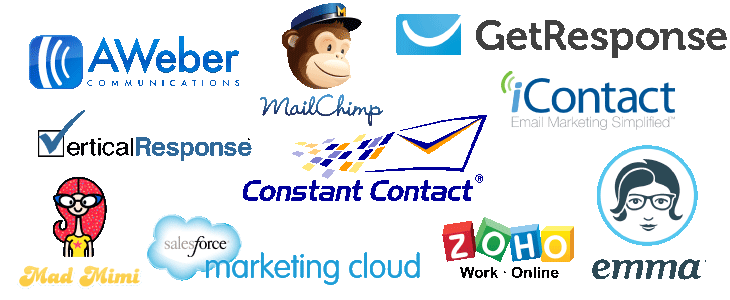
With so many options available, choosing the right email marketing platform can be overwhelming. Here are some factors to consider when making your decision:
Budget
One of the first factors to consider when selecting an email marketing platform is your budget. Different platforms have varying pricing structures, often based on the number of subscribers, features offered, and email volume. It’s important to identify what you can comfortably spend while considering both initial costs and any potential for scaling as your business grows. Many platforms provide tiered pricing plans, allowing you to start with a basic package and upgrade as your email marketing needs expand. Look out for free trials or money-back guarantees, as these can help you test the platform before making a long-term commitment.
Features
The features offered by email marketing platforms can significantly influence their effectiveness in meeting your business needs. Essential features to look for include customizable email templates, automation capabilities, A/B testing tools, list segmentation, and robust analytics. Depending on your strategy, advanced functionalities like customer relationship management (CRM) integration or personalized customer journeys may also be important. Prioritizing the features that align with your marketing goals ensures that the platform you choose will support your campaign success.
Ease of Use
User experience is another critical consideration. An intuitive interface can save you time and reduce the learning curve, especially if you’re a beginner. Explore platforms that offer drag-and-drop functionalities for email design, easy navigation for setting up campaigns, and accessible support resources. Additionally, look for platforms that provide training materials, such as tutorials and webinars, to help you maximize the use of the software.
Integration Capabilities
Your email marketing platform should be able to integrate with your other business tools. This includes your CRM, e-commerce platform, or social media management software. Integrations allow for seamless data transfer and streamline your marketing efforts by creating a more unified customer experience.
Deliverability
Even the most beautifully crafted emails won’t have an impact if they don’t land in your subscribers’ inbox. Therefore, it’s crucial to choose a platform with high deliverability rates to ensure that your messages are reaching their intended recipients. Look for platforms that maintain good relationships with internet service providers (ISPs) and implement best practices to avoid being marked as spam.
Top Email Marketing Platforms

1. Mailchimp
Overview:
Mailchimp is one of the most popular email marketing platforms, known for its user-friendly interface and robust features. It offers customizable templates, advanced automation, A/B testing, and detailed analytics.
Pricing:
Mailchimp has a free plan for up to 2,000 subscribers and 10,000 monthly emails. Paid plans start at $9.99 per month for up to 500 subscribers and unlimited emails.
Key Features:
- Drag-and-Drop Editor: Easily create visually appealing emails.
- Automation: Set up automated email sequences based on user behavior.
- Analytics: Detailed reports and insights to track your campaigns.
- Integration: Connects with various e-commerce and social media platforms.
2. Constant Contact
Overview: Constant Contact is a comprehensive email marketing platform designed for small businesses. It offers customizable templates, automation, list segmentation, and in-depth analytics.
Pricing: Constant Contact’s pricing starts at $20 per month for up to 500 subscribers and unlimited emails.
Key Features:
- Customizable Templates: Choose from hundreds of mobile-responsive templates or create your own.
- List Segmentation: Target specific groups within your contact list for more personalized messaging.
- Marketing Calendar: Plan and schedule your campaigns in advance with the built-in calendar feature.
- Expert Support: Access to live chat, phone support, and extensive resources like webinars and guides.
3. GetResponse
Overview: GetResponse is an all-in-one marketing platform that offers email marketing, landing pages, sales funnels, and more. It has a user-friendly interface, customizable templates, automation, and detailed analytics.
Pricing: GetResponse’s pricing starts at $15 per month for up to 1,000 subscribers and unlimited emails.
Key Features:
- Email Creator: An intuitive drag-and-drop editor for designing professional-looking emails without coding skills.
- Automation: Create automated workflows based on triggers like website visits or email opens.
- Conversion Funnel: Build landing pages and sales funnels to turn leads into customers.
- Webinar Hosting: Host webinars directly from the platform and track attendee engagement.
4. ActiveCampaign
Overview: ActiveCampaign is a powerful marketing automation tool that offers email marketing, CRM, and sales automation. It’s known for its advanced segmenting and personalization capabilities.
Pricing: ActiveCampaign’s pricing starts at $9 per month for up to 500 contacts and unlimited emails.
Key Features:
- Segmentation: Advanced segmentation options based on lead behavior and data.
- Personalization: Use conditional content to tailor messages to specific segments or individuals.
- CRM Integration: Connect with your CRM system to manage leads and customer information seamlessly.
- SMS Marketing: Send text messages to your contacts for a more omnichannel approach.
5. Sendinblue
Overview: Sendinblue is an all-in-one marketing platform that offers email marketing, SMS messaging, and more. It has a user-friendly interface, customizable templates, automation, and advanced segmentation.
Pricing: Sendinblue’s pricing starts at $25 per month for up to 10,000 emails per month.
Key Features:
- Email and SMS Marketing: Reach your audience through both email and text message channels.
- Segmentation: Create highly targeted campaigns using advanced data segments.
- Marketing Automation: Set up automated workflows based on triggers and conditions.
- Integrations: Connect with popular tools like Shopify, WordPress, and Salesforce.
6. ConvertKit
Overview: ConvertKit is an email marketing platform designed specifically for creators and bloggers. It offers easy-to-use automation, customizable forms and landing pages, and detailed analytics.
Pricing: ConvertKit’s pricing starts at $29 per month for up to 1,000 subscribers and unlimited emails.
Key Features:
- Visual Automation Builder: Easily create automated email sequences with a visual drag-and-drop builder.
- Customizable Forms: Create forms and landing pages that match your brand’s aesthetic.
- Subscriber Tagging: Segment your audience based on interests, behavior, or custom tags.
- Built-in Landing Pages: No need for a separate landing page tool – ConvertKit includes this feature in its platform.
Best Practices for Email Marketing

To make the most out of your email marketing efforts, here are some best practices to keep in mind:
Segment Your Audience
Segmenting your audience is essential for delivering targeted and relevant content. By dividing your subscriber list into smaller groups based on characteristics such as demographics, interests, and past behaviors, you can tailor your email campaigns to meet the specific needs of each segment. This approach not only enhances engagement rates but also increases the likelihood of conversions. For example, a retail brand might segment its audience by purchase history to send tailored promotions on related products. Implementing segmentation strategies can lead to higher open rates, reduced unsubscribe rates, and a stronger relationship with your audience.
Personalize Your Emails
Personalization goes hand in hand with segmentation. By addressing recipients by their names and customizing email content based on their interests or previous interactions, you create a more engaging experience. Personalization can extend beyond just the greeting; consider recommending products based on past purchases or suggesting content relevant to their preferences. This level of attention makes subscribers feel valued and understood, encouraging them to engage more profoundly with your brand.
Optimize for Mobile
With an increasing number of users accessing emails on mobile devices, optimizing your email content for mobile is crucial. Ensure your emails are responsive, meaning they adapt seamlessly to different screen sizes. Focus on concise messaging, clear calls to action, and visually appealing designs that enhance readability on smaller screens. Testing your emails across various devices before sending can help you identify potential issues and ensure a positive user experience.
A/B Testing
A/B testing, or split testing, allows you to compare two versions of an email to determine which performs better. You can test different elements such as subject lines, content layout, visuals, and calls to action. By analyzing the results, you can gain insights into your audience’s preferences and optimize future campaigns accordingly. Regularly conducting A/B tests can significantly improve your email performance over time.
Monitor Analytics
Lastly, keeping track of your email marketing analytics is vital to gauge the effectiveness of your campaigns. Key metrics such as open rates, click-through rates, conversion rates, and unsubscribe rates provide valuable insights into subscriber engagement. Use these metrics to adjust your strategies, refine your messaging, and better understand your audience’s behavior.
Conclusion
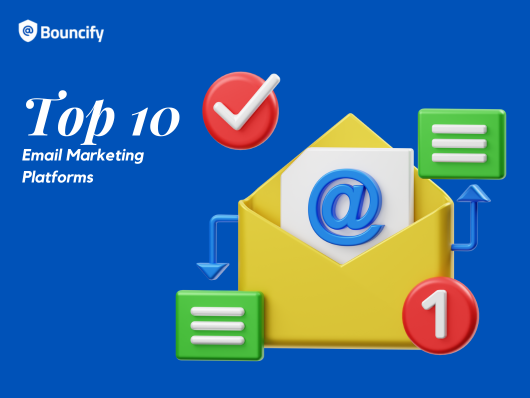
Email marketing remains one of the most effective tools for connecting with your audience and driving conversions. By utilising platforms like ActiveCampaign, Sendinblue, and ConvertKit, marketers can take advantage of advanced features such as segmentation, personalization, and automation to enhance their campaigns. Implementing best practices—including audience segmentation, personalized messaging, mobile optimization, A/B testing, and diligent monitoring of analytics—ensures that your email marketing efforts yield the highest possible return on investment. As you continue to refine your strategy, remember that adaptability and responsiveness to data insights will keep your campaigns relevant and engaging. Embrace the potential of email marketing, and watch your business grow as you cultivate stronger connections with your subscribers.
